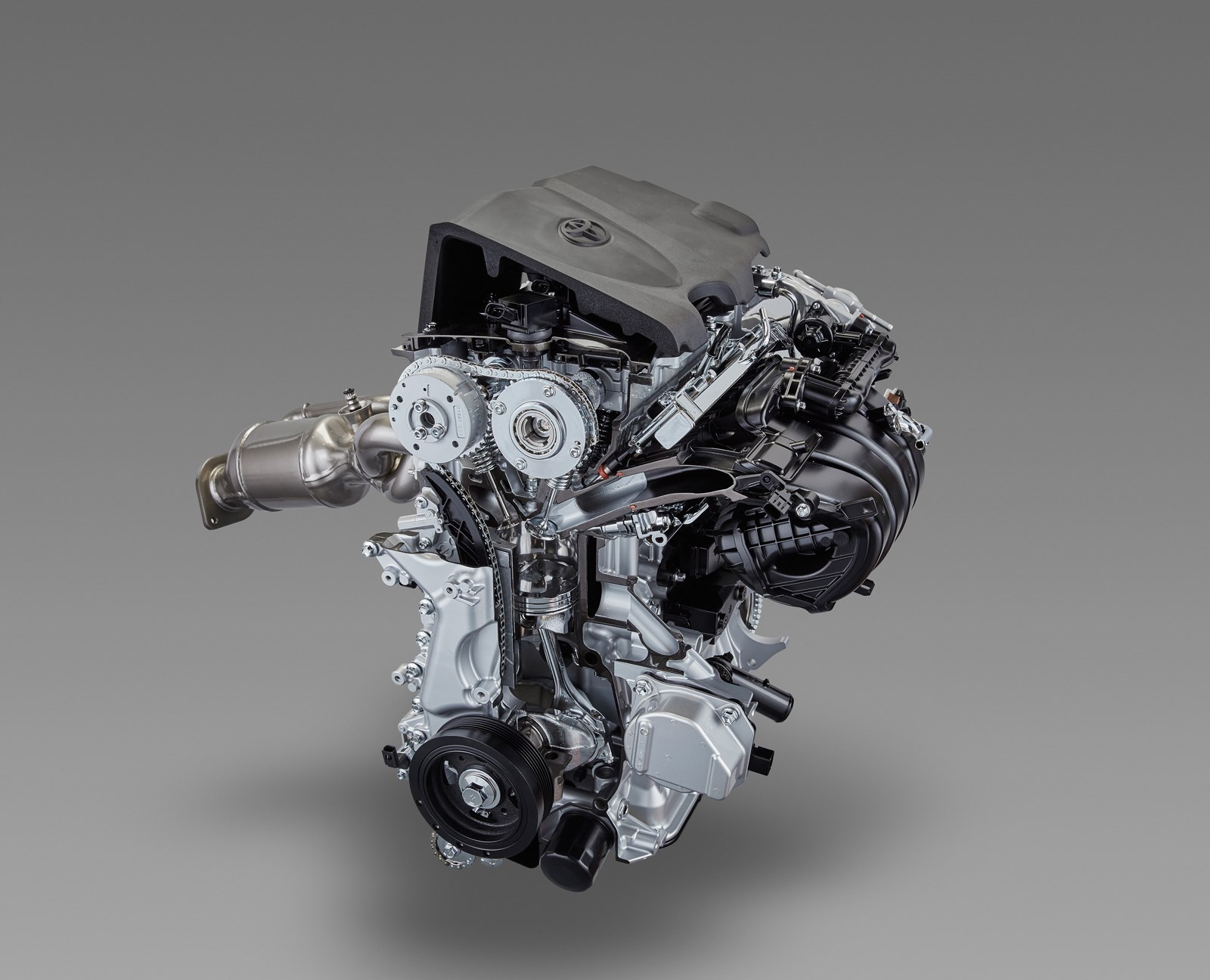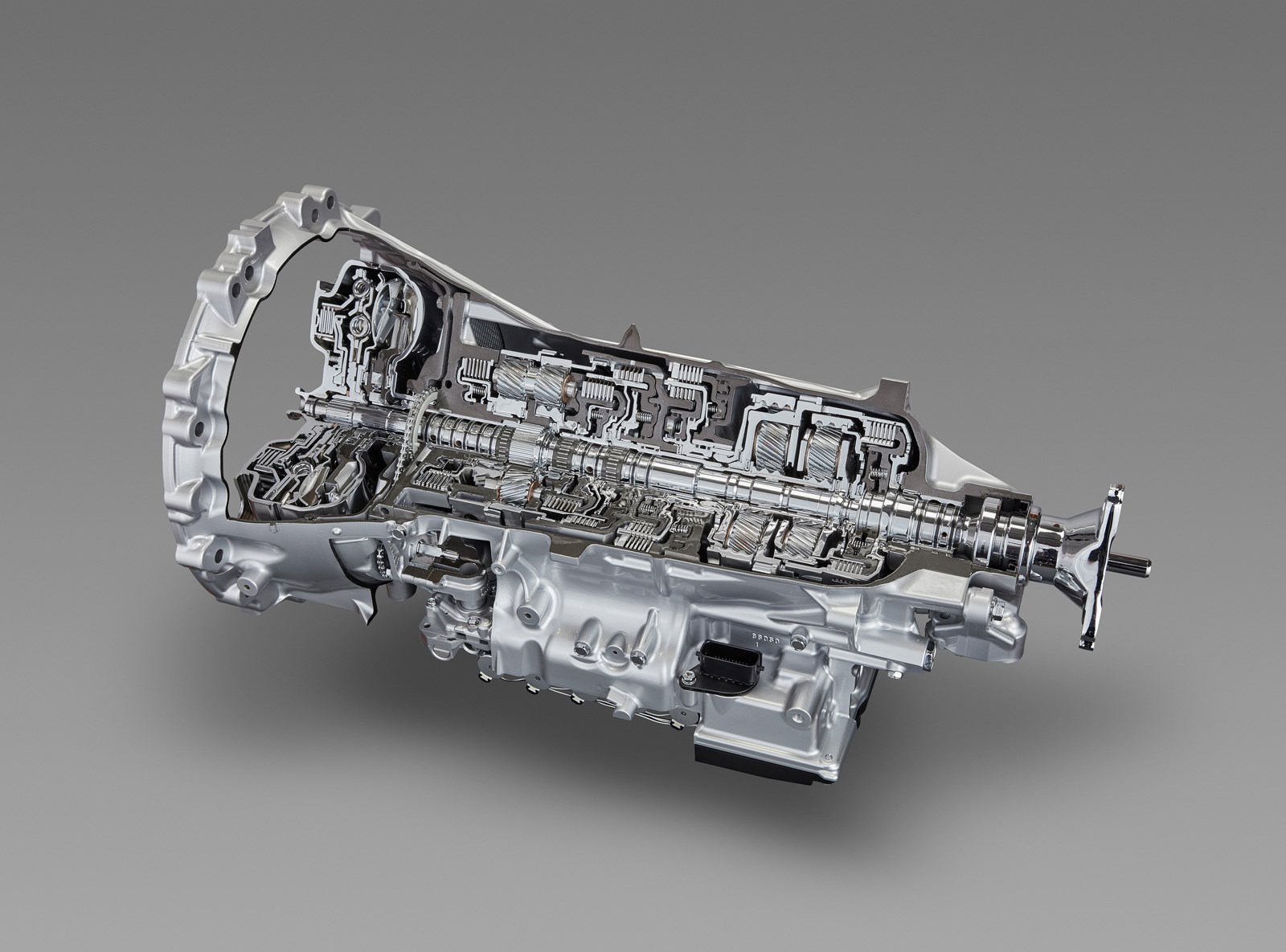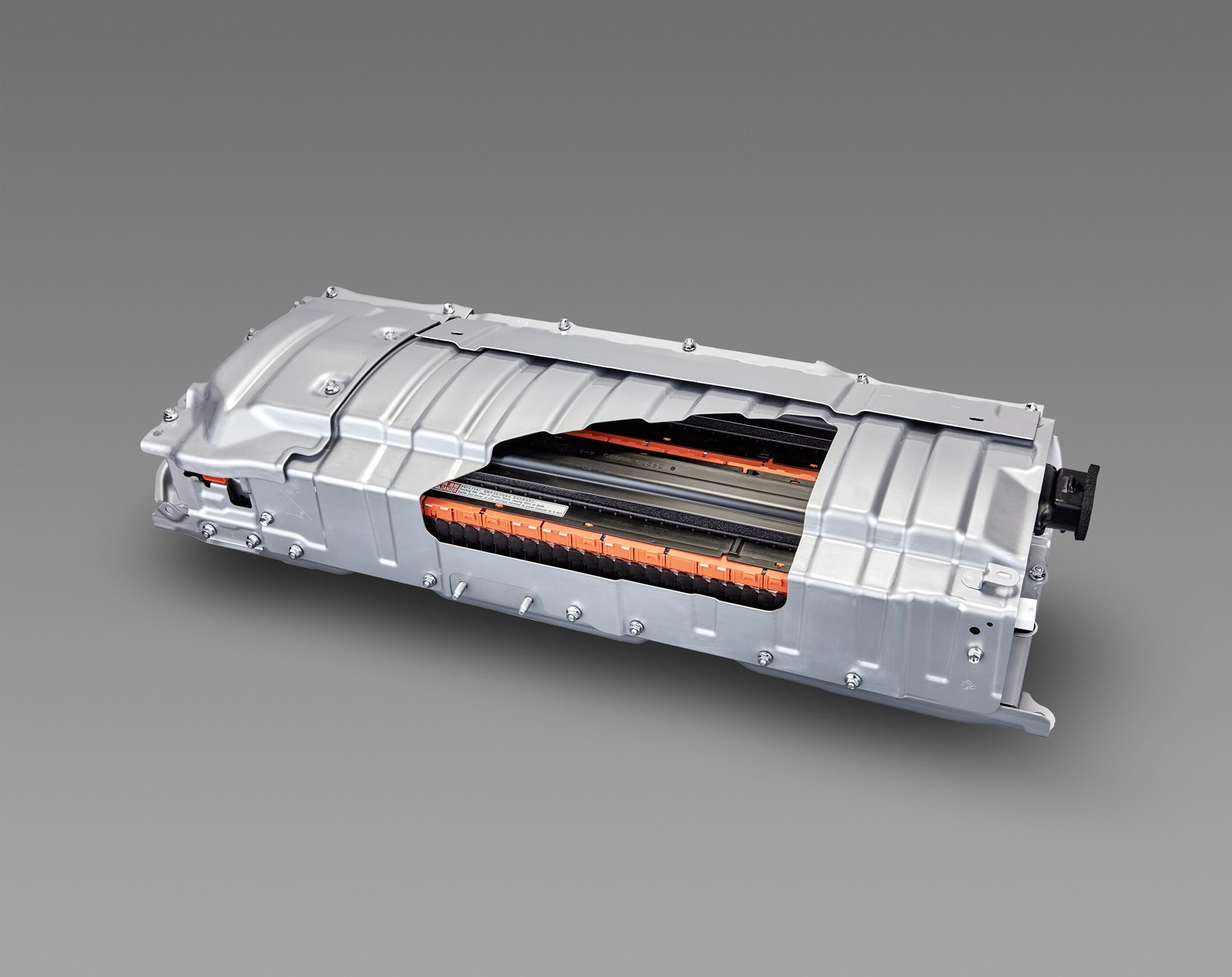Driver enjoyment, fuel efficiency and lower emissions are all targets for Toyota’s next-generation of powertrains
Toyota claims it has been able to lower hood heights, lower the center of gravity, improve aerodynamics, reduce vehicle body weight and improve fuel efficiency, all thanks to its new design program.
Toyota New Global Architecture (TNGA) is the brands all-new basic core structure around which the rest of the car is built. As of January 2016, Toyota used more than 100 unique platforms and 800 powertrains. But, with TNGA, only five layouts will be needed for their entire range – from compact hatchbacks to premium SUV’s. The first vehicle released on this platform was the fourth-generation Prius back in 2015.
New 2.5 litre Direct-injection Engine

2.5 litre direct injection engine. Photo / Toyota Global
Toyota has named its new line up of internal-combustion power plants ‘Dynamic Force Engines’. True to its name, it features direct injection, high-speed combustion and a variable control system, promising a linear torque response.
Toyota have also widened the angle between the intake and exhaust valves, creating more of a ‘tumble’ flow of gases into the cylinder, resulting in a better air-fuel mixture.
By tinkering with exhaust and cooling systems, and moving mechanical parts around, Toyota have also achieved one of the world’s best thermal efficiencies for a combustion engine - 40 per cent in the gas engine and 41 per cent in hybrid vehicles.
Peak power of 151 kW at 6600rpm and torque of 250Nm at 4800rpm have been achieved with this new engine.
Direct Shift Automatic Transmissions.

10-speed Automatic. Photo / Toyota Global
Toyota has developed two new automatic transmissions – the 8-speed Direct Shit-8AT and the 10-speed Direct Shift-10AT.
With the 8-speed – built for front wheel drive vehicles, it is physically smaller than the 6-speed it replaces and has a lower center of gravity. The additional gear ratios and wider gear ratio spread enable better acceleration from a stop and lower RPM during high-speed driving, improving fuel economy and quietness.
Coupled to a torque converter with multi-disc clutch lockup control, engine power can be transferred to the transmission directly or via fluid control – simply meaning the unit provides more driving ‘feel’ and fuel economy.
The 10 speed is a high performance transmission. It’s similar in size to the 8-speed it replaces, but with the increased gearing, is able to offer closer ratios creating a ‘smooth and rhythmic’ gear change. Shifts happen within two tenths of a second and it is designed to have a flexible operating range, coping with urban environments, motorway cruising and performance use.
Hybrid

Toyota's new battery cell. Photo / Toyota Global
The new hybrid system THS-II (Toyota Hybrid System 2) has been re-optimized for use with the new Dynamic Force Engines. Incremental improvements in batteries, the power control unit and transaxle mean the whole hybrid system is smaller and lighter. Toyota has said their new hybrid system is also ready for rear-wheel-drive vehicles.
Toyota plans to deploy these new powertrain units in a rapidly broadening vehicle range starting in 2017. By 2021, 17 variations of its nine-engine lineup will have been introduced, as well as six hybrid systems arriving in ten different versions.
Looking to the future, TNGA will provide the foundation for all Toyota’s powertrain and vehicle development, and by 2020 half of Toyota’s will be built using TNGA.




